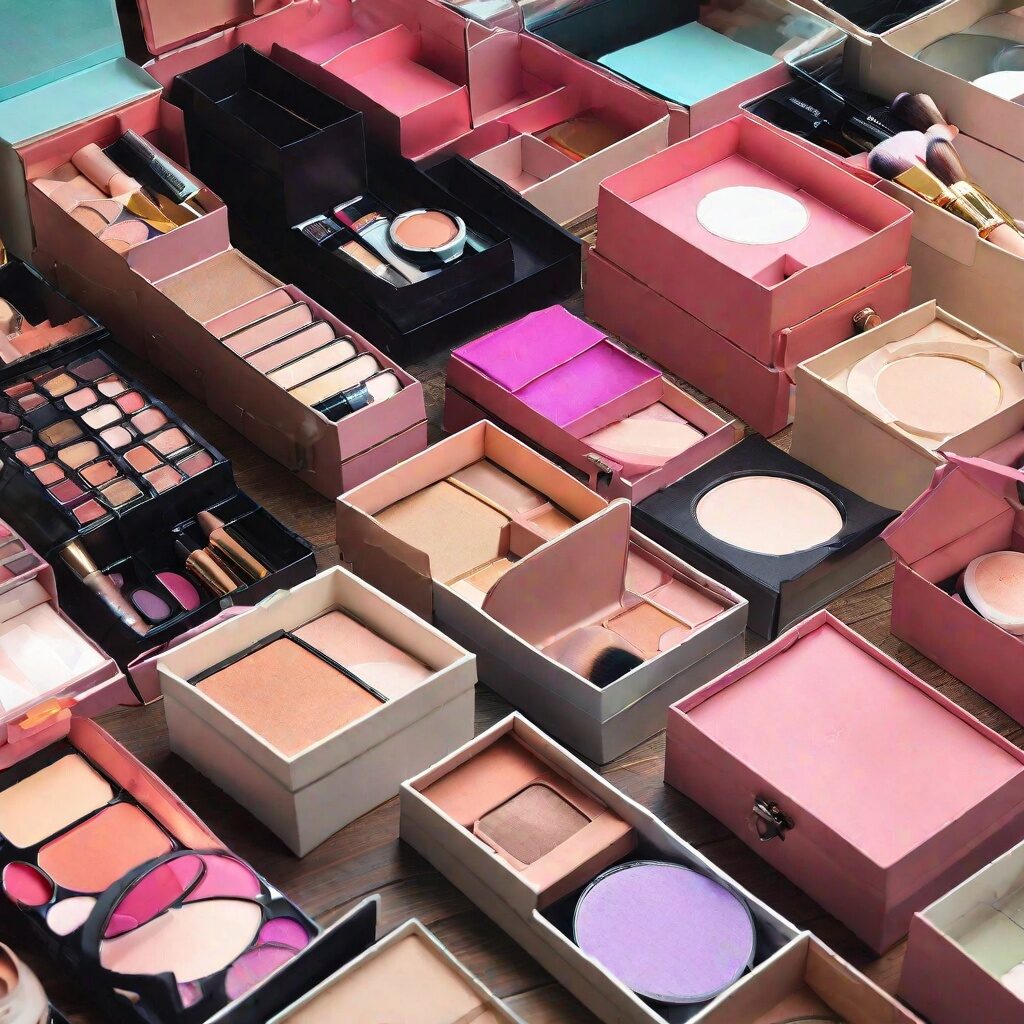In the bustling world of cosmetics, where competition is fierce and options are abundant, packaging plays a crucial role beyond just containment. It serves as the initial point of contact between a product and its potential consumer, often dictating perceptions, preferences, and purchase decisions. The significance of cosmetics boxes goes beyond mere aesthetics; it delve into psychology, branding strategies, and consumer behavior. This article explores the multifaceted influence of cosmetics packaging on consumer behavior, dissecting its various aspects and implications.
1. The First Impression of Cosmetics Packaging
The adage “first impressions matter” holds particularly true in the cosmetics industry. The packaging of a product serves as the first point of interaction with consumers, capturing their attention amidst a sea of alternatives. Visual appeal is paramount, as it can evoke emotions, convey brand identity, and establish perceived value. Vibrant colors, sleek designs, and innovative shapes can instantly captivate consumers, arousing curiosity and prompting further exploration.
2. Brand Identity and Recognition
Cosmetics packaging serves as a tangible representation of a brand’s identity and values. Through consistent use of colors, logos, and typography, brands can establish a strong visual identity that fosters recognition and loyalty among consumers. Iconic packaging designs become synonymous with the brand itself, influencing purchase decisions based on familiarity, trust, and perceived quality. Moreover, packaging serves as a powerful tool for brand storytelling, conveying narratives of heritage, sustainability, or innovation that resonate with consumers on a deeper level.
3. Psychological Triggers: Perception of Quality
Packaging design has the potential to shape consumers’ perceptions of product quality. Studies have shown that consumers often associate certain packaging attributes, such as sturdy materials, elegant finishes, and attention to detail, with higher product quality. This phenomenon, known as the “halo effect,” can influence purchasing behavior, leading consumers to perceive products housed in premium packaging as superior in terms of efficacy and performance. As a result, cosmetics brands invest significant resources in packaging that exudes luxury and sophistication to command premium pricing and capture discerning consumers.
4. Functional Considerations: Convenience and Practicality
While aesthetics play a crucial role, cosmetics boxes must also meet functional requirements to enhance user experience and convenience. Ease of use, portability, and product preservation are key considerations that influence consumer satisfaction and repeat purchase intentions. Ergonomic designs, user-friendly applicators, and innovative dispensing mechanisms address practical needs while differentiating products in a competitive market landscape. Moreover, eco-friendly packaging solutions align with growing consumer preferences for sustainability, driving brands to adopt recyclable materials and minimalist designs that minimize environmental impact.
5. Emotional Engagement: Creating an Emotional Connection
Successful cosmetics boxes transcend functionality and aesthetics to forge emotional connections with consumers. Evocative imagery, compelling narratives, and sensory elements can evoke emotions such as joy, nostalgia, or aspiration, fostering a deeper bond between consumers and products. Whether through nostalgic packaging reminiscent of childhood memories or aspirational designs that embody luxury and indulgence, brands leverage emotional engagement to elicit positive associations and cultivate brand affinity.
6. Cultural and Market Considerations
Cosmetic packaging strategies must also consider cultural nuances and market dynamics to resonate with diverse consumer segments. Preferences for colors, symbols, and packaging formats vary across cultures, necessitating localized approaches to packaging design and branding. Moreover, understanding market trends, consumer demographics, and competitors’ strategies is essential for crafting packaging solutions that stand out in crowded marketplaces and appeal to target audiences effectively.
7. Influence of Digital Platforms
In an increasingly digitalized world, cosmetics boxes extend beyond physical shelves to digital platforms, where consumers seek product information, reviews, and recommendations. As such, digital packaging design, including product images, virtual try-on features, and interactive content, plays a pivotal role in shaping online purchasing decisions. Seamless integration between physical and digital packaging experiences enhances brand visibility, fosters engagement, and facilitates online conversions.
Conclusion
In conclusion, cosmetics boxes serve as a powerful tool that goes beyond mere containment, influencing consumer behavior at every stage of the purchasing journey. From capturing attention and conveying brand identity to shaping perceptions of quality and fostering emotional connections, packaging design plays a multifaceted role in driving purchase decisions and building brand loyalty. By understanding the psychological, functional, and cultural factors that influence consumer preferences, cosmetics brands can leverage packaging as a strategic asset to stand out in competitive markets and resonate with target audiences effectively. As the cosmetics industry continues to evolve, packaging will remain a cornerstone of brand differentiation and consumer engagement, driving innovation and creativity in design strategies.


